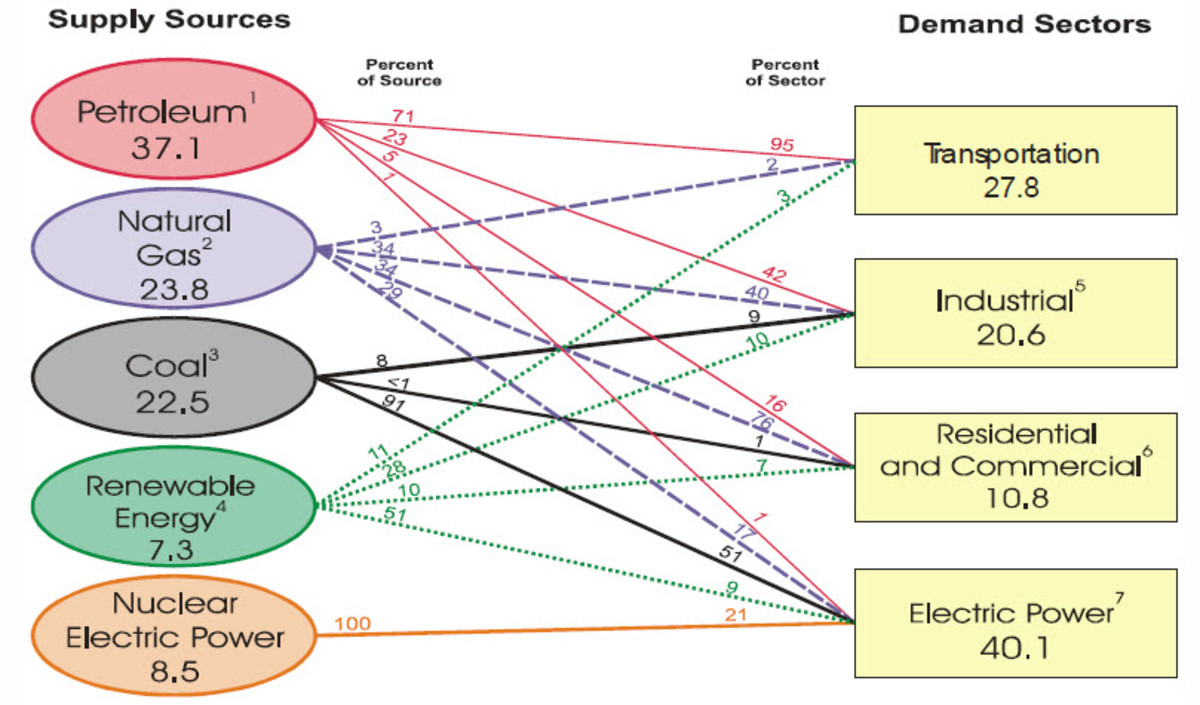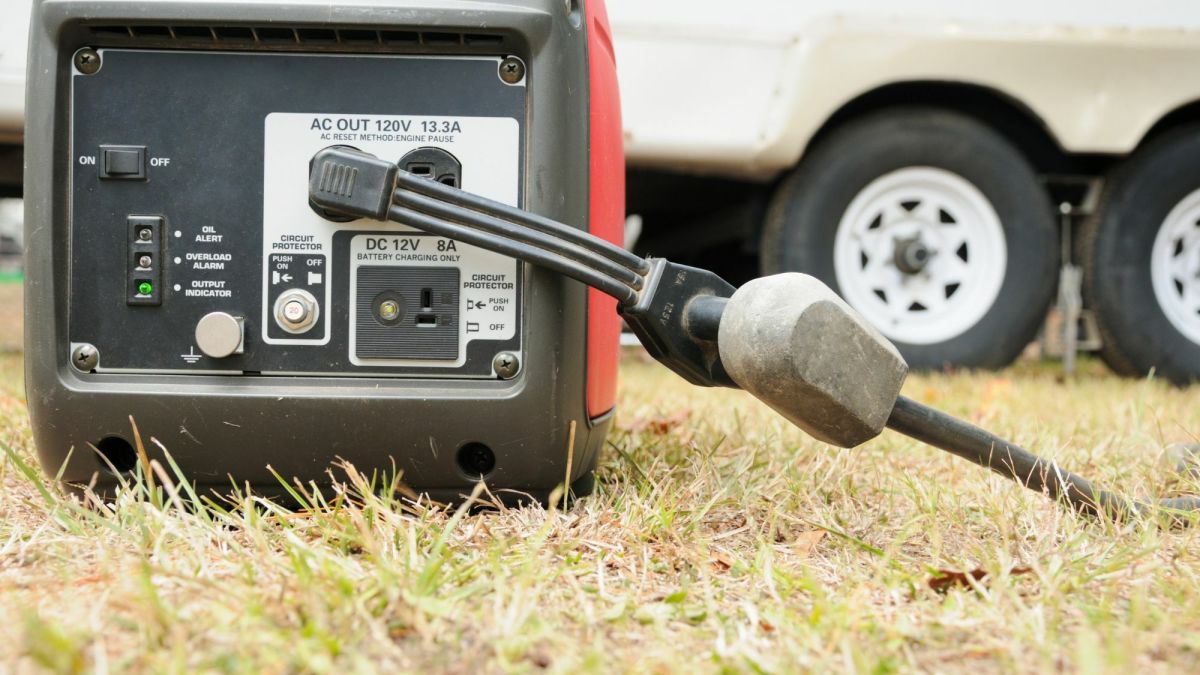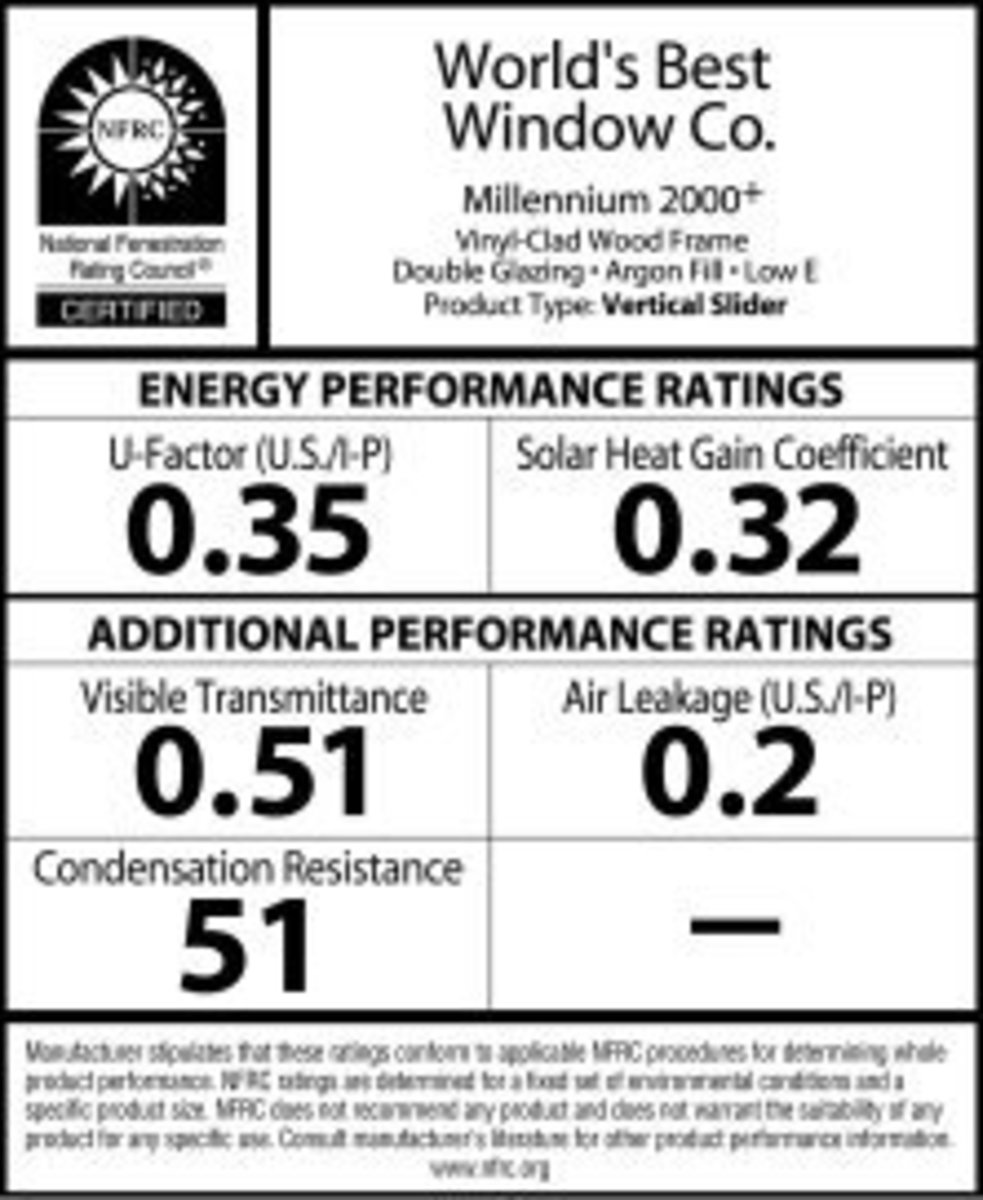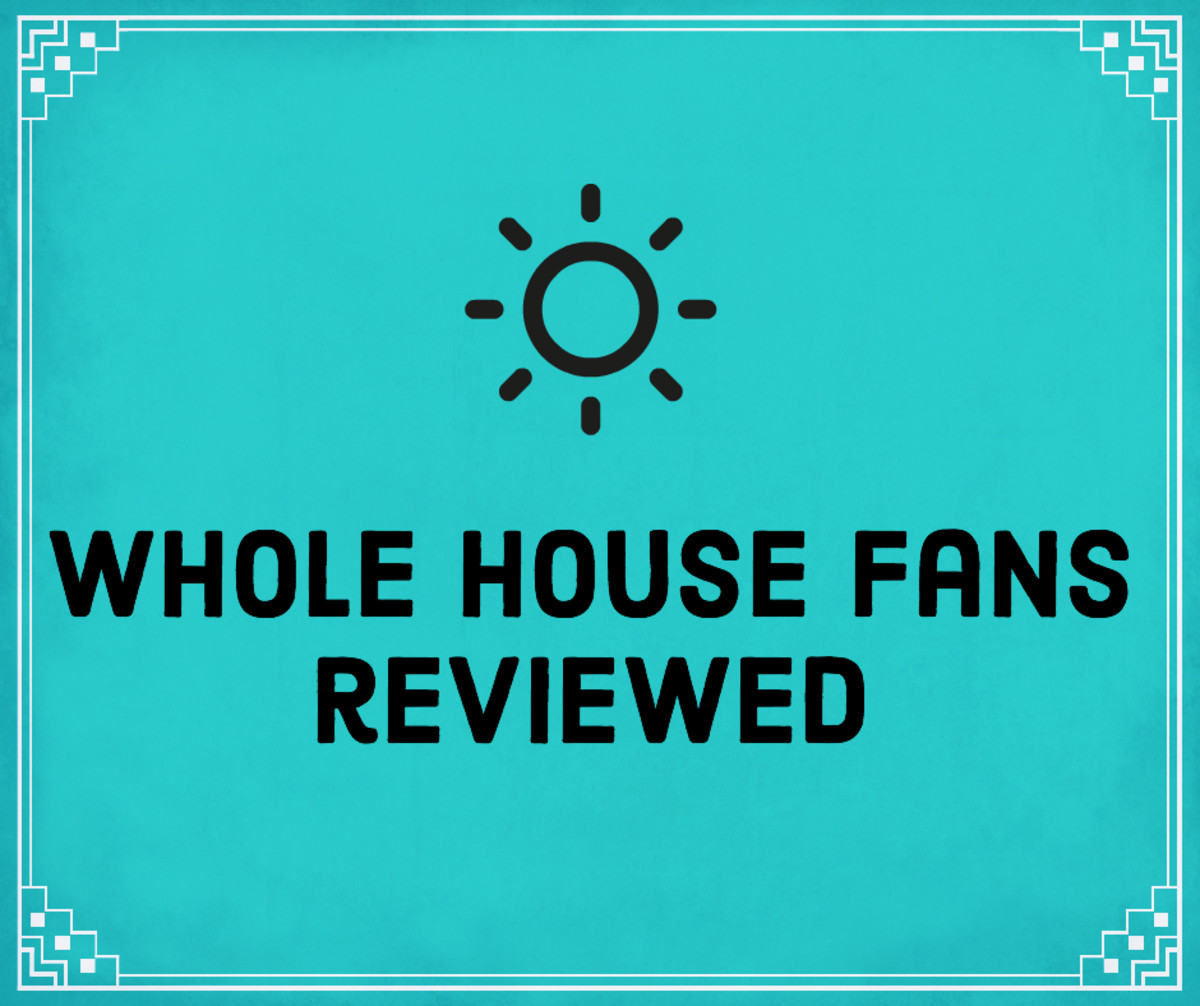Energy Conservation Tips - Homemade Wind Generators
Wind Power - An Important Alternative Fuel Souce
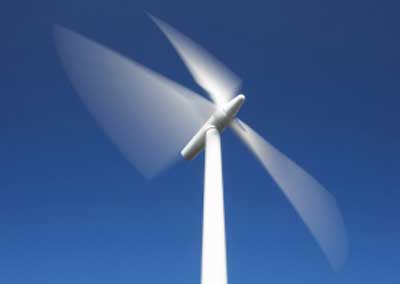
Wind Energy Concept Commercial
Why Wind Generators or Wind Turbines?
A great energy conservation tip is building a homemade wind generator or turbine. Harnessing the power of the wind to generate electricity is one way to increase the energy independence of your home while reducing energy costs overall. As with solar energy, your geographic location will determine whether the wind is consistent and strong enough to reliably power our homemade windmill. Googling "Wind Powering America" can provide this information.
The key components to a homemade windmill system include:
-The Blades
-DC Motor
-Battery
-Inverter
Wind Generator Videos
The Components of a Wind Generator or Turbine.
The blades - Wind is a renewable source of energy that creates electrical energy by moving the blades of the generator in a manner similar to how an airplane generates forward momentum. Historically, the wind has been harnessed to provide power to do many tasks from milling grain to pumping water. As with solar panels, the effectiveness of this system is dependent on your location. The do-it-yourselfer begins the project by making the blades, which will spin on an axis like a propeller. The critical issue is to ensure that the blades are identical in shape as well as length so that the balance creates a uniform rotation. Attention to this detail will help ensure the maximum lifespan of the system. According to the eBook, Home Made Energy, a windmill powered by a three blade system (instead of two) may be associated with a more uniform rotation.
The DC Motor - The wind turns our homemade windmill creating rotational movement of the shaft. This, in turn, creates electricity through rotation in a magnetic field. As with solar panels, our motor generates electricity in the form of DC or Director Current, which must eventually be converted to AC to power appliances.
Battery - The key to wind and solar generated electricity is to store the excess for later use. This is where the battery comes in. A series of batteries can be used to store this power and the best battery available is the deep-cycle or Marine battery which is capable of storing virtually all of the energy produced by our homemade wind generator.
Inverter - Having now generated electrical power and stored it in our battery for later use it is now available to power our appliances. However, the challenge is that our toaster runs on AC or Alternating Current, which is incompatible with what's in our deep-cycle batteries. This is where the inverter performs its function of converting DC currents into AC to power our appliances.
Wind Generator Books on Amazon
Moving Forward with Energy Conservation
Don't forget the basics of energy conservation - Solar and wind are great sources of renewable energy, but even the DIY projects are not cheap. Energy conservation starts with the simple solutions such as turning off non-essential lights and appliances. One of the least expensive, yet most effective ways to implement energy conservation tips is to use Energy-Saver fluorescent bulbs, which provide the same light using a fraction of the power required by incandescent bulbs. In addition they last many times longer than traditional bulbs making the overall savings many times greater than the pricey initial investment.
Making a green home is utilizing as many energy conservation tips as possible. Homemade wind generators are on option for generating renewable energy which is not dependent on fossil fuels.




